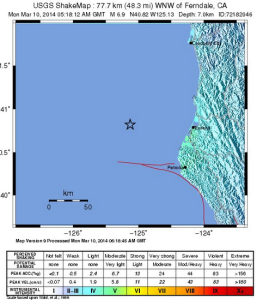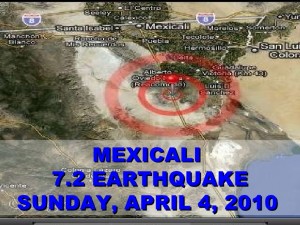The HVE 3000 is a portable flood pumper and inline truckmount booster. The device is able to combine effective productivity functions to make it one of the finest and most versatile

HVE 3000
extractors on the market today. The HVE 3000 gives you portable extraction plus a truck mount boosting its pre-filtering – all in one small unit. The device is has a slim profile and durable four inch wheels which is good for those small places that most competitors can’t reach. Up your extraction capabilities and use this device to access high rises and secure areas while increasing your profits and saving time.
Product Features:
-Easy Maneuverability: This unique vacuum hose and hosing are designed to make moving the unit easy. The slim profile can fit through even the narrowest of doors. It’s only 22.5 inches wide!
-High performance vacuum: Dual blowers and 2 inch inlets and outlets for increased airflow.
-Large waste tank: 12 gallon so you can take less trips to the drain to empty!
-Exhaust is filtered: The device comes with a HEPA filter that captures contaminants instead of spreading them in your work zone.
-Quick Gravity drain and auto pump out: Garden hose connection for auto-pump out or use the large toilet-height gravity drain.
-Easy Clean filter.
Overall this product is on you want to have on your worksite, the HVE 3000 will save you time and money.
 the northern part of California. This Quake shook regions as far away as San Francisco and some parts of Oregon. The United States Geological Survey said that the earthquake struck 10 miles deep occurred at 10:18 p.m. local time. The Epicenter of the quake was about 50 miles west of Eureka, California, in the pacific Ocean. There were more than 15 aftershocks recorded, the largest one was M4.6. More aftershocks are expected this week. Although buildings nearby shook for about 20 seconds, there has been little damage reported in the region. Although the National Tsunami Warning Center initially reported the earthquake, they said there was no tsunami danger for the region.
the northern part of California. This Quake shook regions as far away as San Francisco and some parts of Oregon. The United States Geological Survey said that the earthquake struck 10 miles deep occurred at 10:18 p.m. local time. The Epicenter of the quake was about 50 miles west of Eureka, California, in the pacific Ocean. There were more than 15 aftershocks recorded, the largest one was M4.6. More aftershocks are expected this week. Although buildings nearby shook for about 20 seconds, there has been little damage reported in the region. Although the National Tsunami Warning Center initially reported the earthquake, they said there was no tsunami danger for the region.